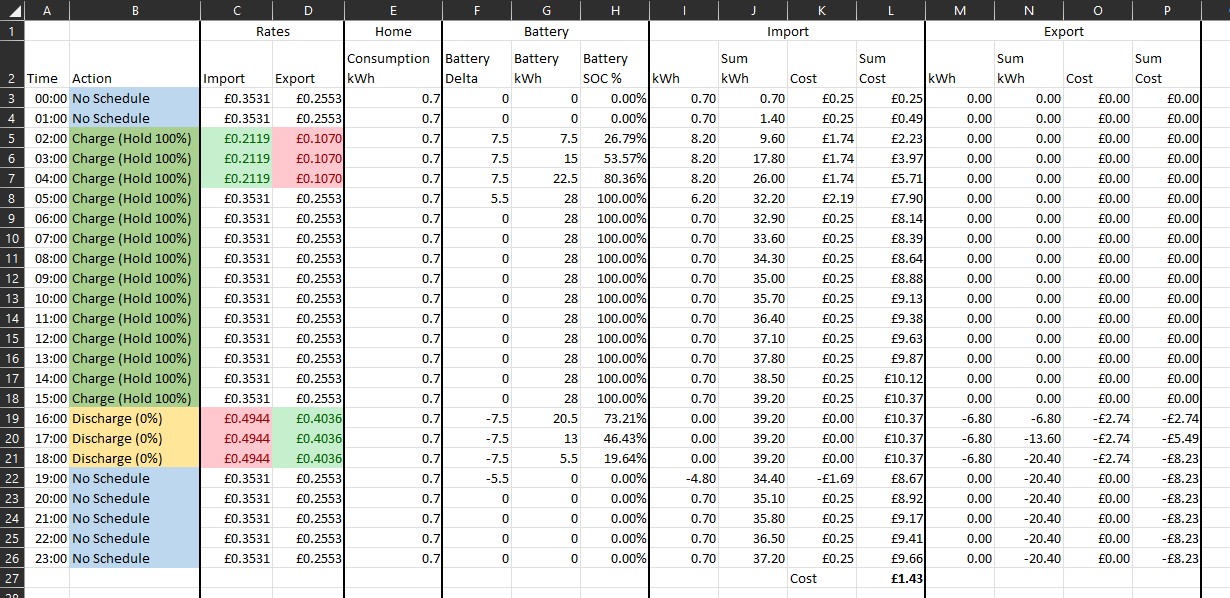Soldato
its still higher than 3 or 4p some are getting and better than the 15p ive been getting since novemberSame as all costs, vary by the DNO pretty much as they all have different underlying infrastructure costs.
its still higher than 3 or 4p some are getting and better than the 15p ive been getting since novemberSame as all costs, vary by the DNO pretty much as they all have different underlying infrastructure costs.
Hopefully mine will be that quick, but with my luck probably longer.when i put my export documents to them in october it took around 10 days to get sorted and i was on smetz1 meter then too, but still half hour readings
yes but i meant why it varies per area.its still higher than 3 or 4p some are getting and better than the 15p ive been getting since november
Yeh i get that…..just im happy with the variations as its better than what we had beforeyes but i meant why it varies per area.

@HungryHippos can you send me the link as well please. Really undecided at the moment and tried some figures myself but it was a simple one and would like to try with your sheet to see what it would look like

Interested to see what you spit out of my spreadsheet @Ron-ski

I adjusted the prices, set the battery to 28kWh, and the charge / discharge rate to 7.5 and got the following. It makes no difference increasing battery size over 28kWh as I can't charge or discharge quick enough.
So if I'm reading that correctly that's an estimated cost of £1.43 a day, without taking into account excess solar that is exported/used. Changing the charge / discharge rate to 8kw means a cost of £1.14
I think there may be a slight bug in the spreadsheet, I come out of the three hour peak period having exported 3 * 7.5 = 22.5kWh, which leaves 5.5kWh, but it suddenly disappears, as there's no schedule it should decrease by 0.7 per hour until its gone, so should last through to the charging period.
Also got a negative value at I22 and K22, not sure if that is correct.
Yes, I understand the limit is KW not KWh, but if I was in a period where I was generating 5KW, with a 3.68KW limit and say 400W house draw (which is about standard during the day) then that leaves about 1KW spare, which could be used to charge the battery or it would otherwise be wasted. So if it was going to be a really good day then there would be some value in not fully charging the battery overnight and instead letting it charge at a limited rate during the high generation periods, so in the example case above, setting a max charge rate on the battery of about 1KW.@Tavis75 you should be able to check in your documents if you have an export limit. Its also a limit on maximum export power, so kW, not kWh, so if the limit was 5kW you could export at 5kW all day long.
Or should I just chuck it in the "bin"?
Don't chuck it in the "bin", stick in the cupboard with the meter so it doesn't get lost, it may be needed at a later date. When I installed the Bright app I needed some numbers of the IHD.

I know hence I also used "bin" as well, but if anything like mine it's almost impossible to find stuff again.It was a figurative bin (i.e. the old tech box I have in the loft)

